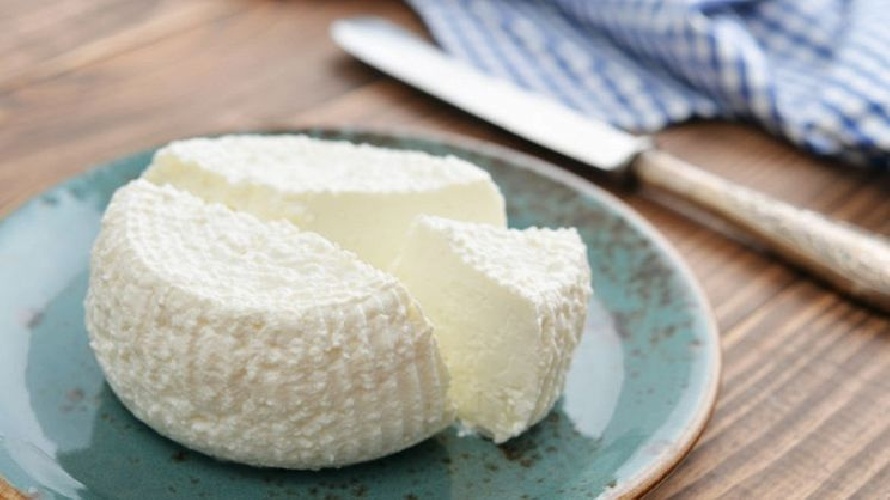Are dairy products and cheeses bad if we are on a diet? Which to choose?
We say it immediately: no. Indeed, if introduced intelligently in the diet they can make great benefitsi, especially in subjects over 60. They are therefore not to be excluded when sitting at the table, but as usual the rule of moderation applies. On the other hand, we know that overdoing the quantities, in any case For a healthy and balanced diet, dairy products are an essential food. This is why low-fat cheeses, or those with low fat content, are ideal for our well-being and to avoid making us feel weighed down. They are rich in proteins, minerals, vitamins, such as calcium and phosphorus, which are essential for bone health.
Cheeses are nothing more than the product of the processing of whole, skimmed or semi-skimmed milk. To these are then added rennet, ferments, salt and aromas.
What differentiates the various types of cheeses is the percentage of grassi (essentially due to the type of milk used) and aging. These two elements are able to determine the caloric and nutritional intake of a cheese.
Unlike more classic cheeses, from gorgonzola to parmesan, low-fat cheeses are much more digestible and contain less cholesterol. The latest good news? That this type of dairy product is really tasty and can be used for delicious preparations that wink at the line, exposes us to more or less serious contraindications.
Let’s find out 5 low-fat cheeses that you can introduce into your diet
Graukäse (or Gray Cheese)
A typical cheese from Alto Adige (and in particular from Valle Aurina), it has origins dating back to 1300. “This – explains Dr. Schirò – is a cheese with a very low fat content, because it is obtained from the milk left over after the production of butter. Calories are also reduced: 100 grams contain about 150. Traditionally it is eaten with polenta and onions and a dressing of oil and vinegar. Another pairing to try, for a balanced second course, is with pears, walnuts, rocket and songino: a salad rich in fiber and good fatty acids ».
This is a fresh soft cheese spread with the lowest fat content and just 90 calories per 100 …
Quark
«This is a fresh soft cheese: the spread with the lowest fat content, and just 90 calories per 100 grams. The other advantage is that Quark has a very low glycemic index and therefore avoids blood sugar spikes that favor the accumulation of fat. Its sour taste makes it perfect to accompany cooked and raw vegetables, but it is also ideal for preparing lighter desserts: try cheesecake ». Other fresh cheese, a precious source of minerals such as potassium, phosphorus and vitamins, contains about 230 calories each …
Goat cheese
«Another fresh cheese, a precious source of minerals such as potassium, phosphorus and vitamins, contains about 230 calories per 100 grams and its low fat content makes it particularly digestible and suitable for those suffering from hypercholesteromy. The only precaution: make sure it is made with goat milk only: sometimes it is a mix with cow’s milk, and in this case it becomes a little heavier ». It has about 28 grams of fat out of 100 with an average of 330 calories per hectogram among all those mentioned the robiola cheese …
Robiola
“It has about 28 grams of fat out of 100, with an average of 330 calories per hectogram: of all those mentioned, robiola is the fattest cheese, but still to be considered even if you are a diet since it is very versatile and with little settle lunches and dinners. It can be used alone as a main course, but also to season pasta and make desserts ». Another cheese made with goat’s milk rich in vitamins B2 and A provides about 230 calories per 100 grams. Who …
Feta
«Another cheese made with goat’s milk, rich in vitamins B2 and A, provides about 230 calories per 100 grams. Those who love it in salads and sauces can continue to eat it in the right quantities once a week without too many remorse ». Many consider it a cheese but technically ricotta a dairy product since it is obtained from whey therefore a …
Ricotta
«Many consider it a cheese, but technically ricotta is a dairy product, since it is obtained from whey: therefore it is a derivative from the processing of cheese. That of cow is the best ally for those who want to keep fit: 100 grams contain about 140 calories against 160 calories of that of sheep, which however is fatter. Nutritionally, however, ricotta is less rich than cheeses because it has a lower concentration of proteins, vitamins and mineral salts ».
Cheese and diet
The reality is therefore a little more complex than it appeared at the beginning. Rather than taking a calculator to the table to determine which low-fat cheeses are, it is important to know what are the characteristics of a balanced diet.
.
